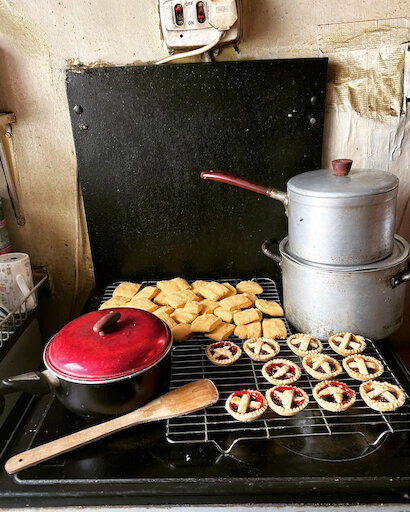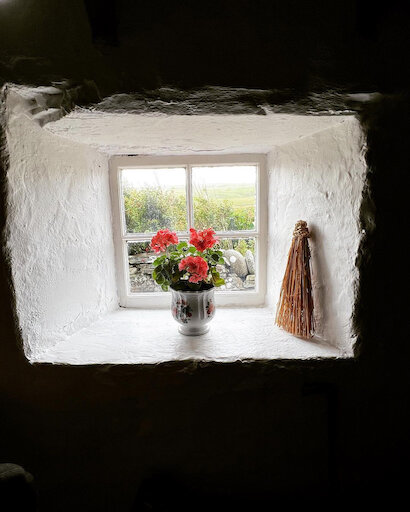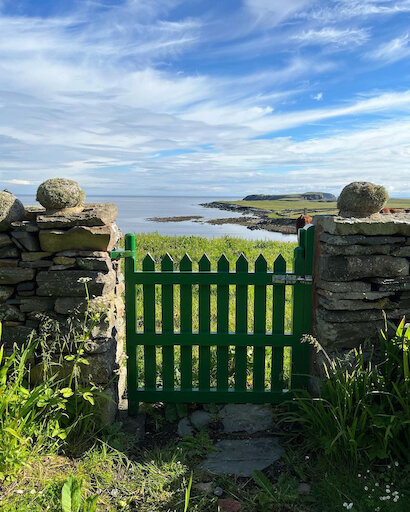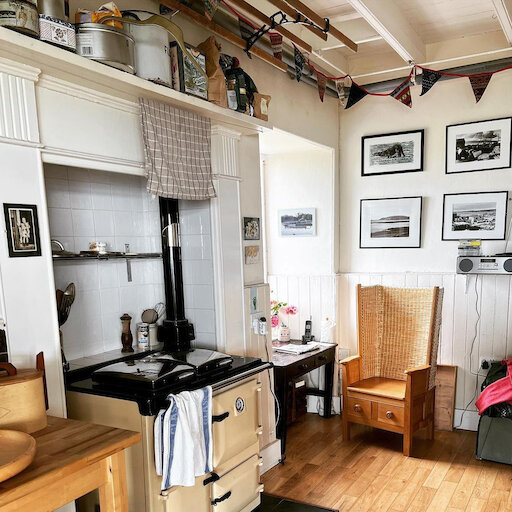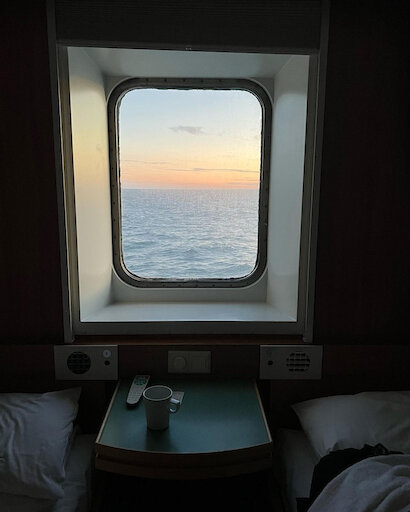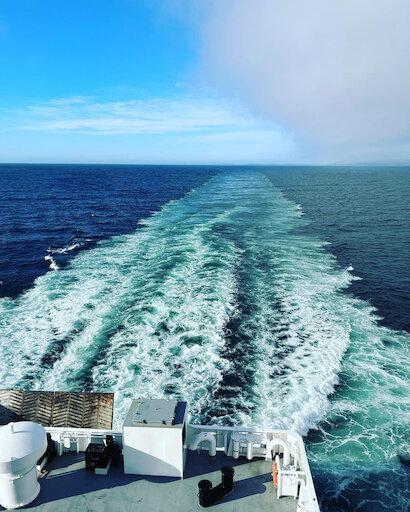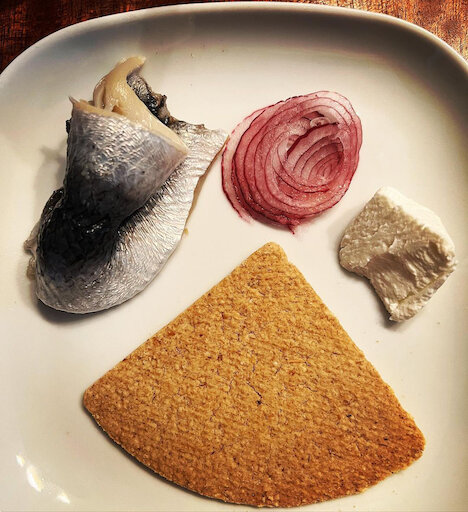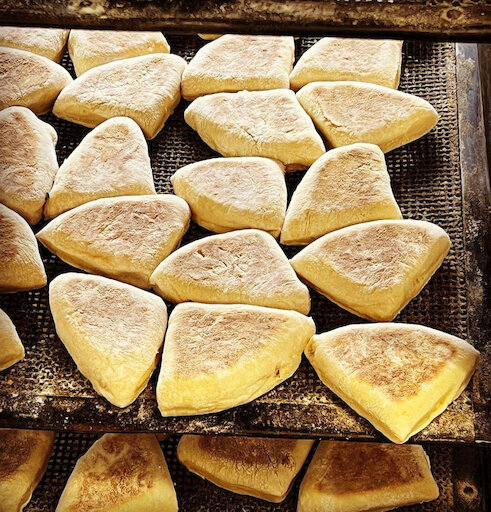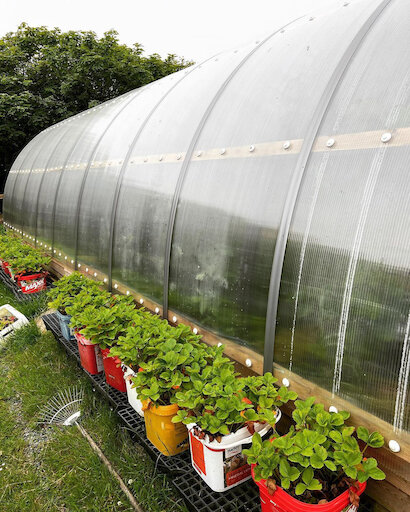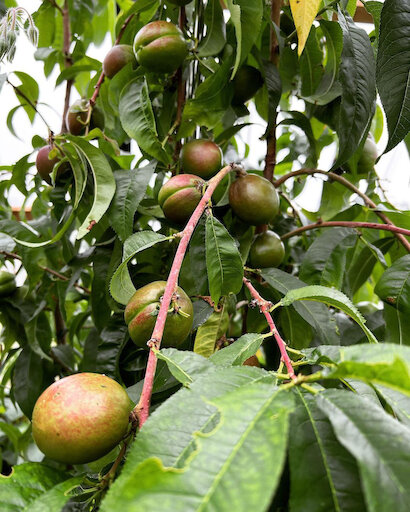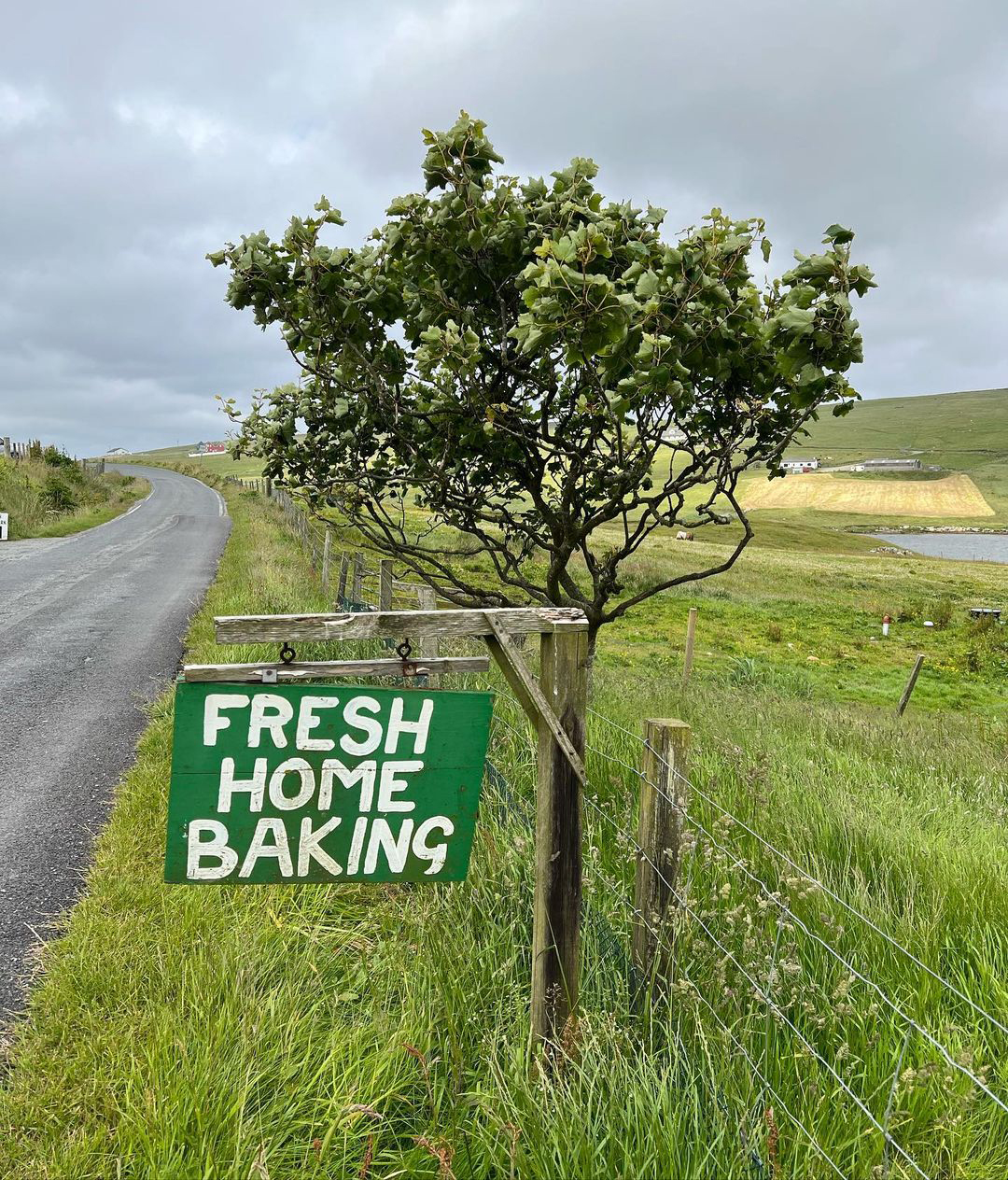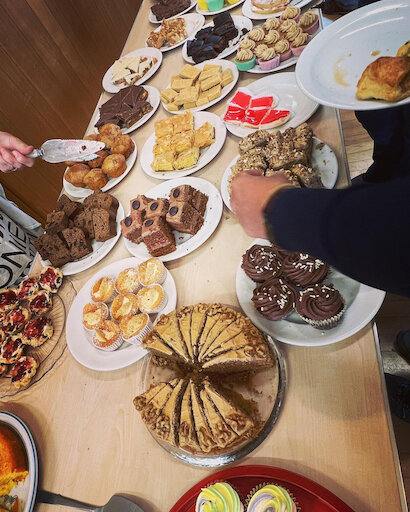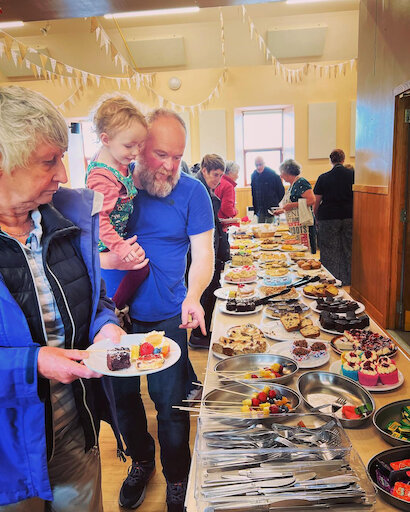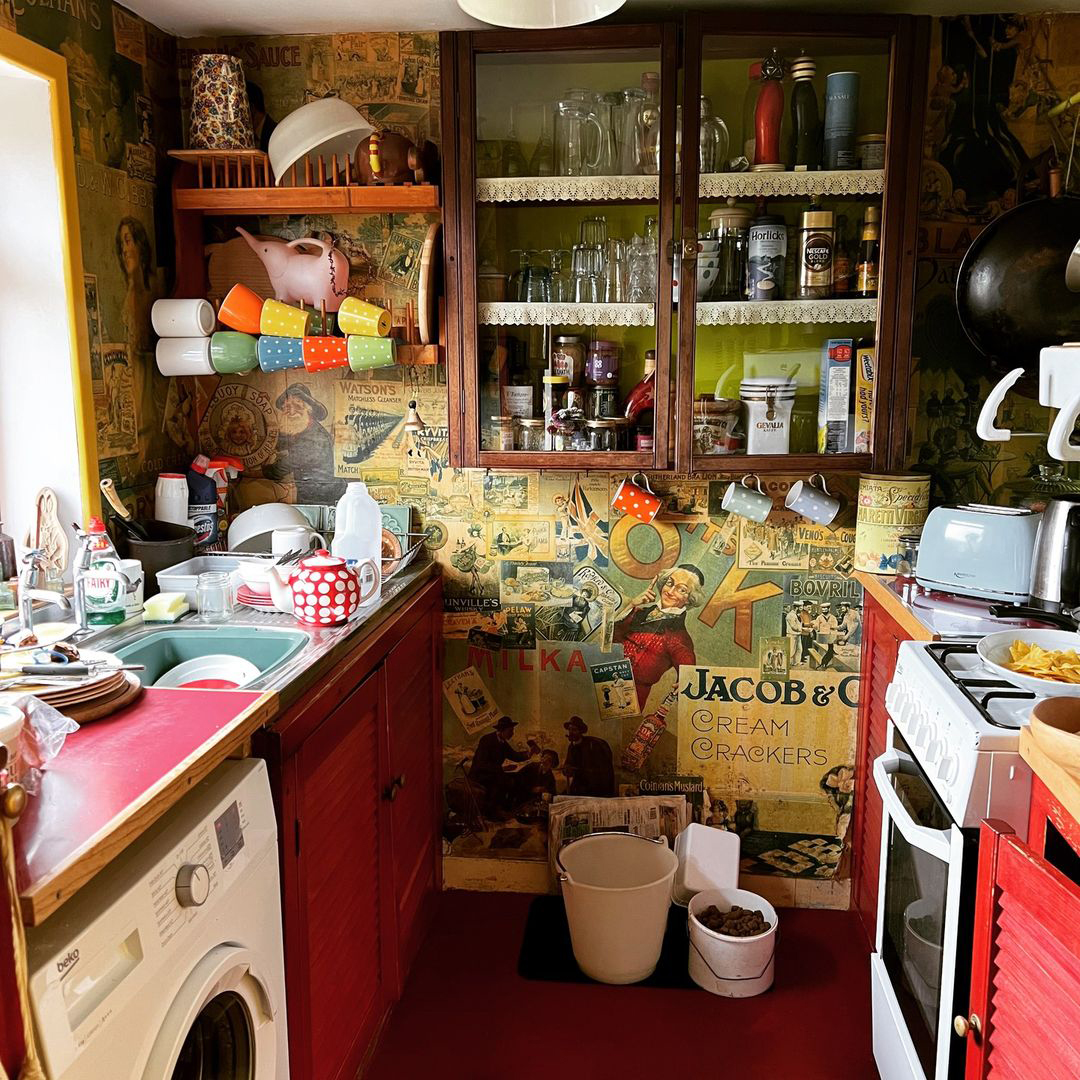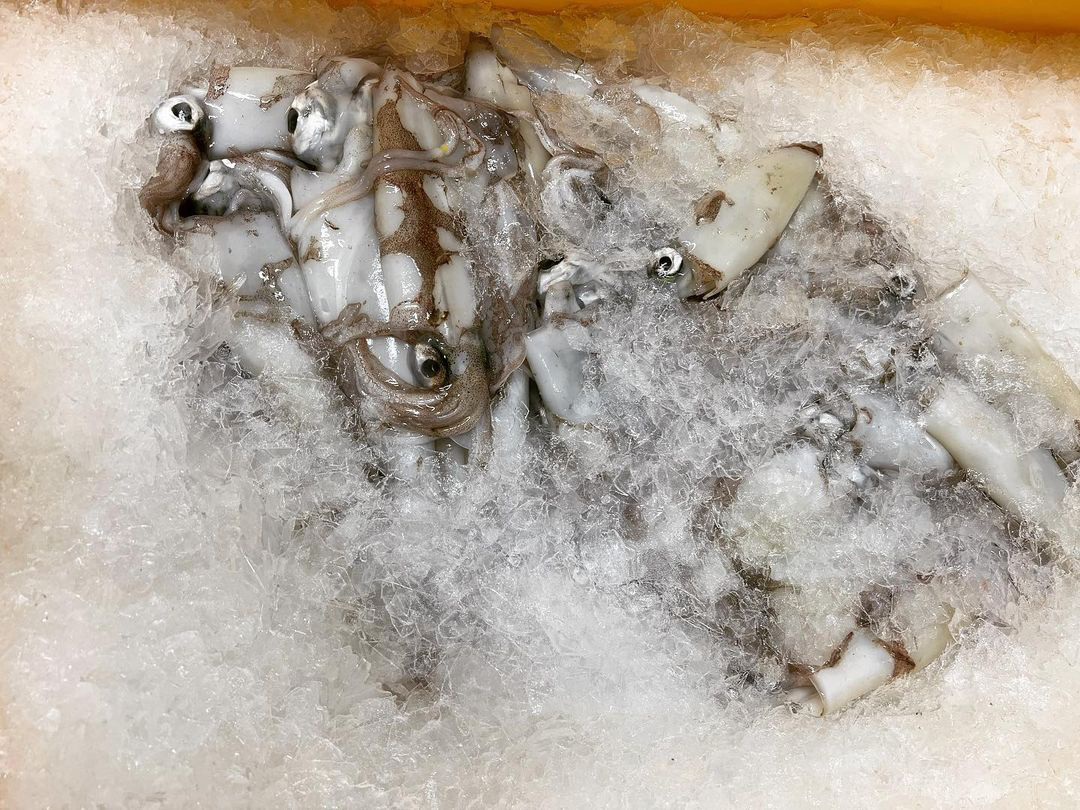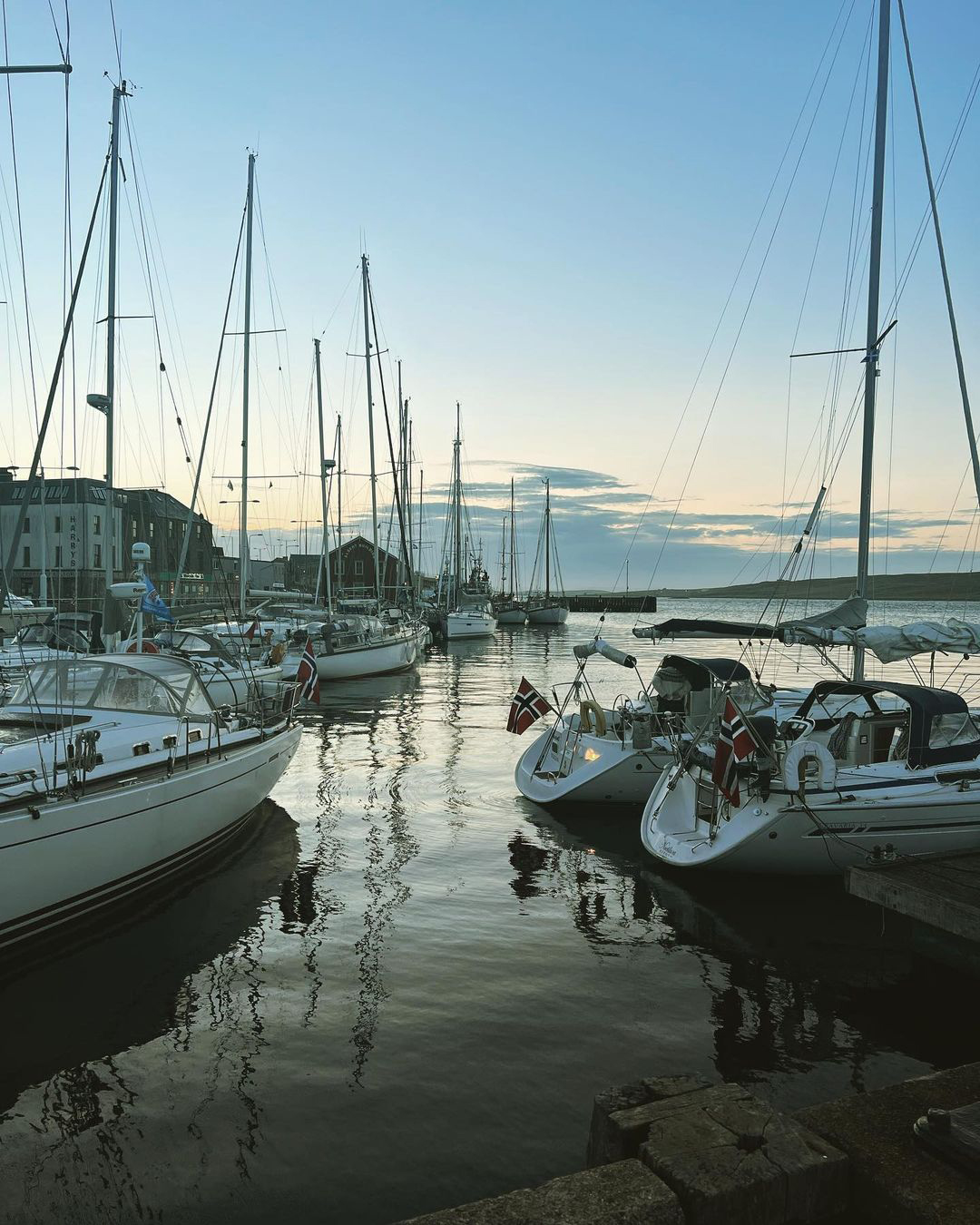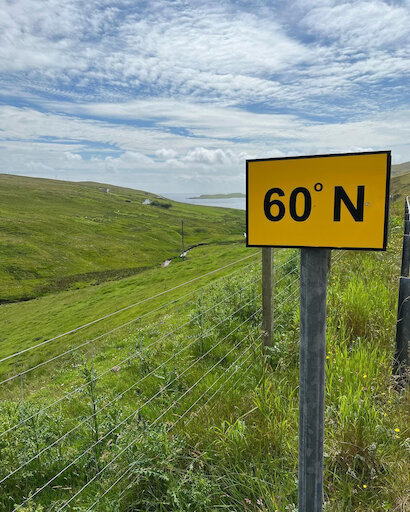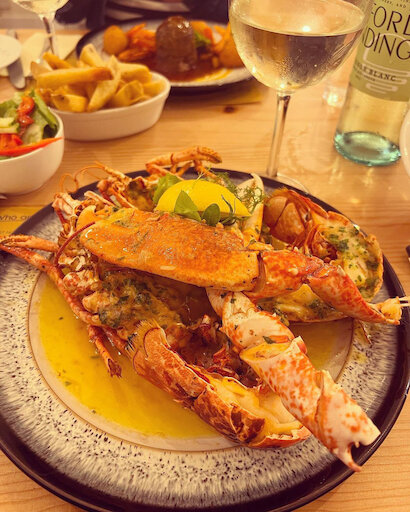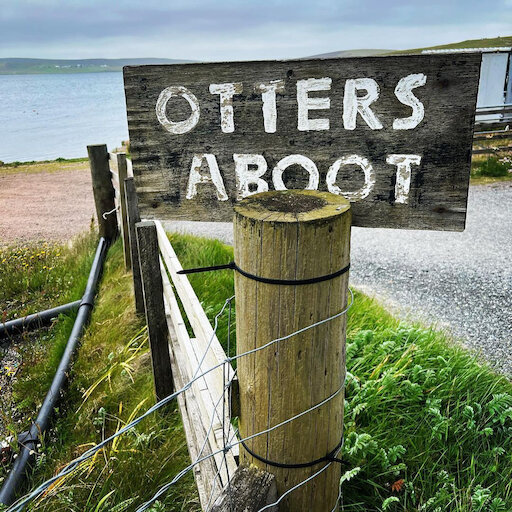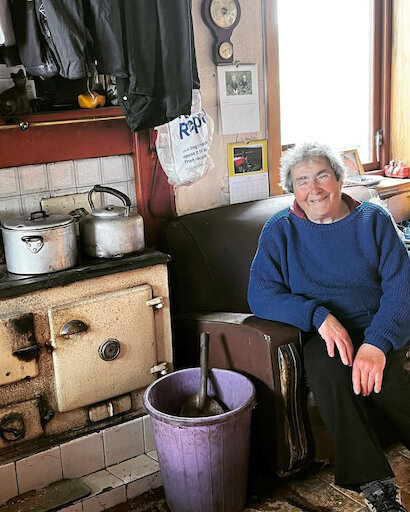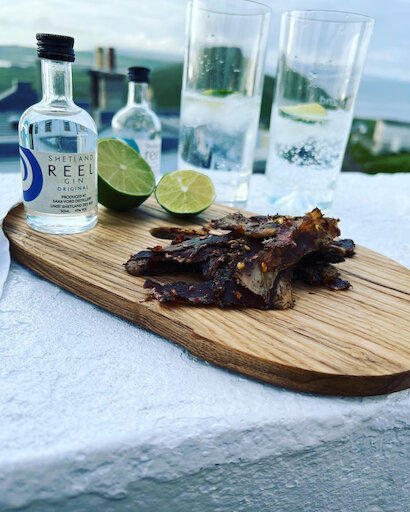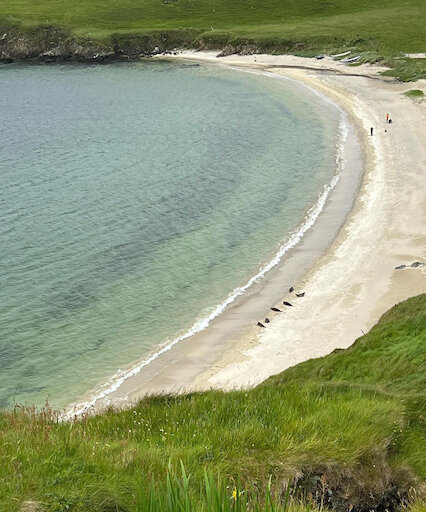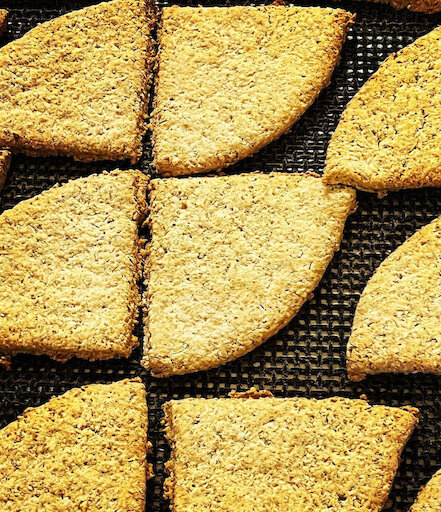I’d dreamt of visiting Shetland years before I got there. The northernmost bits of Europe have always fascinated me – the silver darlings in the sea, the Northern Lights shimmering across the sky and, often, snow. My favourite bit of clothing throughout my teens was a lovely Shetland jumper. It seemed to grow with me and was referred to by my family as my ‘uniform’.
Diana Henry's Shetland
Award winning and respected author, journalist and food writer Diana Henry reflects on her unforgettable trip to Shetland. All words and photographs by Diana.
How exactly I came to meet Marian Armitage, the brains and the organizer of my Shetland sojourn last summer, I can’t recall. I do remember that she came to see me on her fold up bike bringing one of her cookbooks, lots of information about Shetland food and a huge amount of enthusiasm. Four trying years followed – I was treated for cancer and not long after ended up on a ventilator (long story…) - but Marian kept in touch and never dropped the ball. It started to seem, though, as if I would never get to Shetland. I looked at my notes on it with a mixture of wistfulness and sadness. Shetland became a kind of lodestar, but my body wouldn’t let me follow it
Last summer it happened. I wish I’d known in advance about the Shetland character. Shetlanders manage whatever is thrown at them because they have to. ‘It is what it is’ was a phrase I heard often. I knew that whatever health emergencies might come up on this trip, I would be looked after.
On the evening I sailed from Aberdeen I had fish and chips on board and settled down in my berth, watching the world – a stripe of sea and a stripe of sky -through my small cabin window. It was still bright at 11.15
The boat was busy with Shetland food people drunk on the excitement of their first trip to the Royal Highland Show, longing to tell me about what they did. They talked with a sense of pride, of course, but also of community. I met many of them again over my stay, giving a sense that I’d been in Shetland for much longer than I had.
What did I eat? Cured herring and Shetland oatcakes at my B&B, glorious lobster with herb butter and sweet Shetland lamb at No.88 in Lerwick, cullen skink and bannocks at the restaurant Da Haaf - part of the University of the Highlands and Islands - and scallops and chips at the most northerly fish and chip shop. There was steak with Mary Fraser from her husband Sandy’s cattle - and raspberry cake. Marian cooked pasta with fresh crab and herbs, the crab picked up from two fishermen she knew who’d been out that day. We spent a glorious evening by the lighthouse drinking Shetland Reel gin and eating Shetland lamb biltong. At Voe Bakery there was tattie bread, oat cakes and rack upon rack of floury bannocks. I didn’t manage to have reestit mutton and tattie soup, but that’s good - it means I have to go back.
I stole a few strawberries that were growing in polycrubs. These are a fantastic idea, developed in Northmavine - solid polytunnels, the frame made with tubing from fish farms, that can resist high winds. Most greenhouses can’t survive the weather here but polycrubs are solid and have made growing a broader range of fruit and vegetables possible. The crubs are warm dens of colour, tangles of nasturtiums, big pots of strawberries, tomato vines, kiwi fruit, even nectarines. So many of the people I met were growing vegetables outside too – kale, cabbages, beets, carrots and different varieties of potato. Crofter Barbara Fraser had so much stuff growing on her land - and animals being raised there – I was amazed she could take care of it all, but there she was, at 82, climbing over walls to check on sheep and ducks. She had a freezer full of lamb, she told me, and there were warm jam tarts, just out of the oven, sitting on her cooke
Home baking is a thing here, so much so that the baked goods offered in people’s homes took me back to my childhood in Northern Ireland. There, the low whir of mixers beating butter and sugar for cakes was a constant. I’d seen Shetland’s cake fridges on the tv series Shetland, and now I could see both the original and the scattering that had developed in its wake. The Sunday Teas that are part of Shetland life was the thing I was looking forward to most. They’re a big thing, a much-loved way to get together in a community where your next-door neighbour might be several fields away. The location and dates for the teas are published in the Shetland Times – a paper which nearly every Shetlander reads – and you can go to several in one afternoon, a kind of ‘cake crawl’. There’s good natured competition between the different towns and villages – there are 50 community halls - though it would be a mistake to voice a preference for one over the others.
In the hall at Bigton the aluminium pots of tea are so huge their warmth heats the room. Babies are passed between parents, so everyone gets a chance to fill their plate and an army of volunteers slip between tables clearing cups and saucers (there are no paper cups here). A huge bank of tables, covered in white paper, runs the length of the room. The first section is always devoted to ‘savouries’, sandwiches, quiches, pies and sausage rolls, but most people are here for the ‘fancies’. The ‘fancies’ comprise every cake and bun you’ve eaten since you were four years old, and some modern interlopers too (lemon drizzle cake wasn’t around forty years ago but it’s everywhere these days). There are caramel squares, butterfly buns and fairy cakes with extravagant whorls of buttercream. There are some Shetland specialities too. You expect scones, but there are also sweet bannocks, these ones baked in the oven rather than on a traditional girdle. To me they look like the soda farls made in Northern Ireland but it’s hard to discuss such things as the names of baked goods, even within Scotland, vary widely. You might see ‘hufsie’ - a dense fruit cake – too.
The kitchen feels like backstage at a theatre. Plates of fancies are feverishly refilled from a vast array of Tupperware boxes and tins and greaseproof paper is removed from the bottom of cakes with such dexterity it looks like a magic trick. The washing up is endless. It takes at least fifteen people – most of the volunteers are women, though not all – and thirty home bakers to put on a good tea and the demand for them is increasing. They usually run from Easter to October which would be too short a season for me.
You feel surrounded by fish and shellfish in Shetland, hardly surprising when you consider it’s in the heart of Europe’s best fishing grounds. I saw mussels growing, glossy black knots that are lapped by the clearest water. Most of the mussels we eat come from Scotland, and 81% of Scottish mussels come from Shetland. They’re farmed on ropes suspended from buoys, some further out at sea than others. In May, as the temperature of the water rises and mussels spawn the mussel larvae settle on ropes and cling to them. There’s no need for chemicals, medicines or artificial feed. Mussels mostly eat plankton and are harvested after a couple of years. They’re cheap and environmentally friendly. In fact, many think mussel farms enhance the habitat for other sea life, the ropes acting as floating reefs that provide shelter and food for other species
The amount and range of fish caught in the sea off Shetland is overwhelming. Monkfish, catfish, haddock, cod, halibut, turbot, mackerel, squid, both the grand and expensive and the minor players are delivered from boats to the fish markets every weekday. Fish are landed in Lerwick and Scalloway and sold via an electronic auction, allowing the world to purchase the high-quality fish caught by the vessels owned by local families. The fish are then transported, via the ferry to Aberdeen, to customers in the UK and Europe. The weather can throw a spanner in the works – the fresh fish needs to get on the ferry as soon as possible – and I saw, everywhere, how food producers, farmers and fishermen have to be flexible and deal with the stress that Shetland’s location brings.
What struck me is how much Shetland produce – specifically mussels – I already eat without knowing it. What I’d like to see is more fuss being made of Shetland produce. I want to eat Shetland lamb and beef because I know where it’s produced, the terrain on which it’s farmed and what it tastes like. The produce is phenomenal, and Shetland’s image speaks of care, honesty and an unwillingness to compromise. The only problem with Shetland food is Shetlanders are far too modest about it. They need to be shouting about it from every port and village, even though that is not the Shetland style (a quiet modesty prevails).
I can’t wait to eat fish in No.88 again, to go to another Shetland Sunday tea, to butter a spiced fruited bannock and to have Shetland lamb.
Diana Henry was a guest of Shetland Food and Drink and stayed at the Ortolan Bed and Breakfast during her visit. Travel to Shetland was provided by Northlink Ferries.
She is working on a major new book called ’North’ for which she was carrying out research during her trip to Shetland.
You can find Diana on Instagram @dianahenryfood

